ROMANIA – Wild and free.
Lets face it bears are extremely large animals and neither of us were convinced our BIG-5 animal skills would be worth anything when dealing with these beasts. Our chances of contact were high, half of Romania is covered with natural mountainous woodlands, a bear’s best friend. Happy to have a rooftop tent but unsure it was bear-proof. Marie developed a nervous twitch, especially when I stupidly mentioned “what are you afraid of… they aren’t that huge, standing up they can ONLY JUST look over our rooftop tent” – EEEEEEK ! No amount of essential oil could bring Marie back from that.
Romanians are a crazy bunch, friendly, loud, generous and yet very secretive. They love playing chicken on the roads. If you leave a wedding before 6.00am you wont be invited to the next three family events. 4×4 off-roading is a national sport. Seasonal forest pickers (berries & mushrooms) are everywhere, horse drawn carts are the main mode of transport outside large cities and they only emerged from Communism in 1991. A perfect cocktail of a good kind of crazy.
Romanian history 101 – Romania has been a member state of the EU since 2007 but little is commonly known about this East European country, except that its home to Dracula’s Castle. In 2000 BC the Dacians emerged in the region and were referred to as “the fairest and most courageous of men” as they believed in the immortality of the soul and were not afraid to die. The Dacian legacy is probably the inspiration for Romania’s popular motor vehicle brand ‘DACIA’ which we saw at the summit of some hectic 4×4 passes and believe me…It never dies! The region was systematically colonised by the Romans, Hungarians, Saxons, Ottomans and the Habsburg Empire. In 1881, the Kingdom of Romania was officially proclaimed. Sixty-four years later (1945), Romania was incorporated into the Soviet system and a Communist government installed. Only in 1991 did Romanians vote for a new Constitution and a new democratic state. You can imagine the impact of such various influences on the Romanian culture.
Gypsy culture aside, Romanians will let you can camp anywhere. Wild camping is celebrated and almost viewed as a national right. Oh, and when trying to find a camp for the night it really isn’t hard at all, as it’s all so darn beautiful. We camped on farmland, mountains, next to rivers almost any location you can think of, we even drove up a mountainside (no road) to get a good view, nobody flinched.
We entered Romania from the North East of Hungary. Our first stop in Romania was to visit the unique UNESCO protected region of Maramures (pronounced Maramooresh) which is famous for its century-old wooden churches with tall spires and shingled roofs. Traditions run strong in Maramures, daily life has not really moved into the 21st century, the whole region is locked in time with a hint of flashy bling in the form of motor vehicles. These guys have been buying up older EU vehicles for a song (due to the stringent EU roadworthy controls etc) and thus you see a shack of a house with a BMW M5 outside. Definitely worth a visit is a tiny forgotten village called Sapanta. When a citizen of Sapanta dies, a Woodcarver/Poet/Artist is commissioned to carve, chisel and paint a poetic and pictorial homage of the deceased onto an wooden headstone in what villagers now call the Merry Cemetery. You will need a guide to translate some of these incredibly funny and interestingly poetic versus. Visiting this region was just mind-blowing and set the tone for the rest of our journey. As much as we were in Europe, we felt we were somewhere very foreign, somewhat magical, like a fairytale, with a strong sense of humor, history and culture, albeit with a fleet of BMWs.
We moved eastward toward the world renowned Painted Monasteries of Bucovina. These churches/Monasteries are masterpieces of Byzantine Art and celebrated as ‘one-of-a-kind’ artistic, architectural sites in Europe. Entire walls (exterior and interior) are decorated with elaborate 15-16th century frescoes. With the majority of local communities not being able to read or write, these frescos brought the story of the Bible to life; also featured are the lives and deeds of important leaders of the time. If you do visit, check for the rather interesting characters and symbols in the frescos, absolutely fascinating and sometimes funny or even quite scary. You can spend hours looking at them, each revealing new detail upon the second glance.
Maniac comes to mind when describing the unique Romanian driving style. If you see a driver in front of you in your lane, its your responsibility to get out of his way, yes, just read that sentence again. Once you have understood this simple rule of chicken, all is good. We didn’t see one accident over the month we were there so it seems to work. They also have huge love for off-roading which we have never seen before, South Africa is a baby in comparison. They kit out vehicles, oversizing everything they can and then basically make their own roads through the mountains – amazing to watch but devastating to the environment.
We then journeyed south to a town called Sibiu in time for the annual Medieval Festival, hell I even gave the local blacksmith a job to as we had lost a metal ratchet strap hook. Not my finest idea, as I bought the whole strap for R100 and the damn blacksmith charged me R250 for one piece of worked round-bar. The further we traveled the more we experienced Romania’s strong cultural heritage. From simple rural living to urban sprawl in the cities – Romanian people are friendly and welcoming and always willing to assist even if they can’t speak your language. We met the “seasonal pickers” of Romania who pick berries and mushrooms in large quantities to be exported. Many of the pickers are Gypsies (or Roma) whom originated from northern India around the 13th century. They have no claimed homeland. They do not adhere to a notion of homeland, nor do they wish to establish an independent state. This lack of a territorial base has resulted in making them the region’s most misunderstood and marginalised minority.
We visited various cities; Timisoara, Sighisoara, Brasov and the capital Bucharest, all had amazing architecture and oozing history and atmosphere. The food has similarities with other eastern European countries, a little heavy to say the least. Let it be said, we did taste our best Lamb stew ever, served by a local shepherd on the side of the Transfagarasan mountain pass route. We enjoyed the local wine of which there are many and Marie was particularly partial to the berry wine.
During our Romanian journey, we drove some beautiful scenic roads, including: Transfagarasan / Transalpina / Bicaz Gorges (DN12C) / Buzau Pass (DN10) / Rucar-Bran Pass (DN73). Once you get used to the driving style and the horse carts in the countryside driving through Romania is invigorating. You will see authentic villages, castles, people, incredible landscapes and the obligatory head-on-chicken contestant every now and then.
Each and every road we took through Romania was in the interest of finding our friends the bears. Ignoring local residents and the odd ‘Do not Enter’ sign. Each night, despite Marie’s pleas, our camp would be in the remotest spot in the largest forest…
Marie: Did you hear that?
Pat: No
Cue Sound of not so happy bear
Pat: ohhhhhhhhohoho – that’s a bear, for sure!
Marie: Eeeeek! (stops breathing…)
Nothing is more exhilarating than the sound of dangerous wildlife at night. We had just fallen asleep, when we heard it, the chilling sound of a bear moaning. There was no doubt, about 500m away, it moaned every 40sec walking through the thick forest. Petrified, we didn’t even open the tent to take a look. To our relief, we realised it was actually walking away from us. Marie came up for air and there was much nervous chatter between us for a while before we could get back to sleep. In such moments, you feel alive.
But we had still not seen the darn Bear.
We finally decided to use the services of a professional tracker which helped. We saw about twelve bears in 2 hours at a feeding station high up in the mountains. The bears are fed in winter to disuade them from rummage through bins in the nearby villages. Special to see European brown bears in the wild. They are very shy, large and their group behavior was fascinating to watch from the comfort of a secure wooden hide.
Modern Romanian culture is wrestling with it’s communist past. We had many discussions and we learned some interesting points:
- With the collapse of communist system, many people feel lost and struggle to merge the past communist culture with the new capitalist system.
- Romania’s communist leader Nicolae Ceausescu, fueled a high level of mistrust not only between people and government but also between Romanians themselves.
- Most Romanians are not sure of their countries future, positive thinking and optimism did not prevail in our discussions, yet the people are resourceful.
- Most commercial industries collapsed with the end of Communism and most people are just trying to survive, carrying on their daily life.
- Joining the EU did not bring commercial opportunity, it brought onerous EU requirements (manufacturing & agriculture) and many skilled Romanian workers have since left to work in other EU countries.
Interesting facts:
- The first city in Europe to have electric street lights was Timisoara, Romania (1889)
- Romanians who have made a difference in the world:
Henri Coandra (invented the modern jet engine); Nicolae Paulescu (discovered insulin) and
Eugen Pavel (inventor of Hyper CD-ROM - Rhinos in Romania? Apuseni National Park is home to 32,000 year old cave drawings of rhinos, buffalos, horses, and cats discovered in the Coliboaia cave.
- The world’s largest salt mine is in Transylvania (Turda Salt Mines) and created without the use of explosives.
What we learned:
- One of the least expensive places to visit and travel in all of Europe.
- Romanians don’t really trust each other at all, a communist hangover, I guess.
- Nationalism can blind people if unchecked.
- They want to rebuild their country to its former glory days.
- They love alcohol.
- You are what you drive.
- Marie is an addicted to the Berry wines of Romania.
- Romanians love picnicking in nature. Only problem is that they believe plastic is 100% biodegradable. The litter is immense.
What we liked:
- Resourceful people with pride in their output
- Chicken, After all it’s a game of adrenaline.
- Natural beauty which is just there, nobody really thinks about it.
- Wild bears which are impossible to find as their habitat is enormous.
- A strong sense of cultural heritage.
- Best lamb stew ever in the world.
In Romania, what will strike you is the natural beauty of the place, its people and the unique architecture. They have maintained so many monuments from their past, that it is easy to imagine how life was a century ago. But you can also see the scars of history, you can feel the pain of a nation trying to recover from its biggest betrayal. It made us realize how political systems and political leaders can ruin the life of millions of people and that it can take decades to recover. We still have high hopes for Romania, for its people, for its culture. Romania, you are amazing, you just need to encourage your people to believe in their future, to believe in themselves, to get engaged. It is not going to be easy, but you have so much to offer, do not just leave it to the crooks and villains’, let the good Romanian people gain back power over their land, culture and future.
Mulțumesc Romania, we love you.

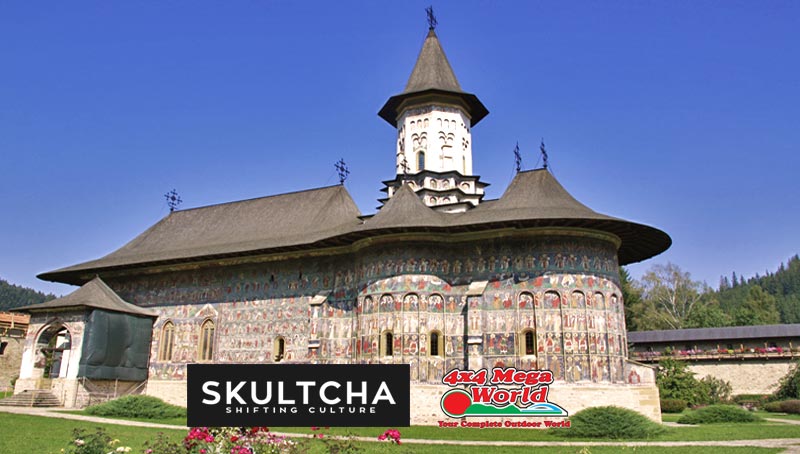
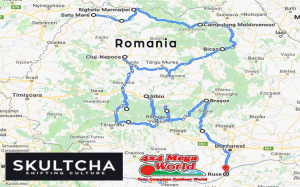











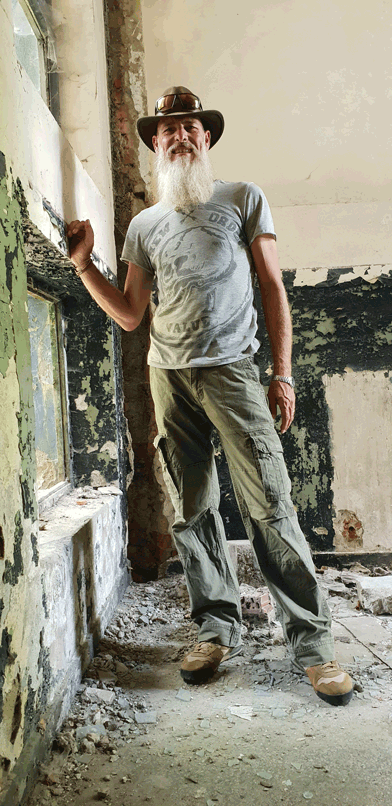
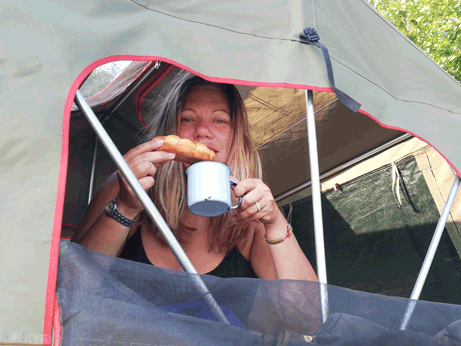
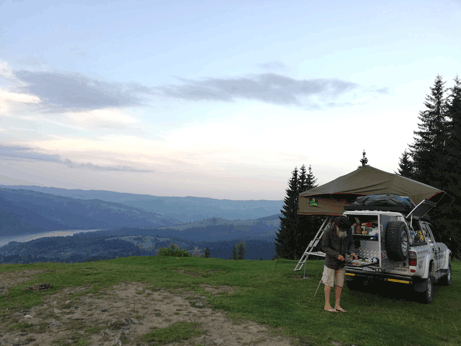
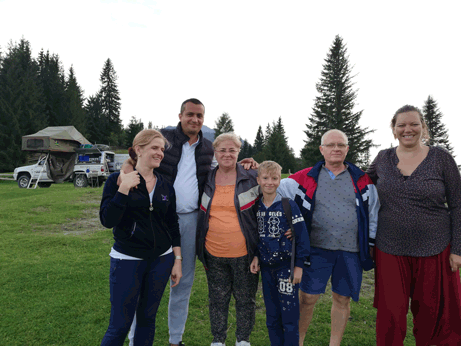
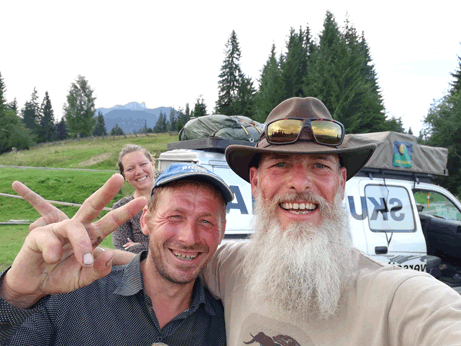
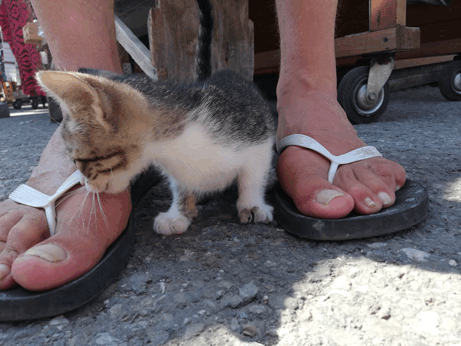
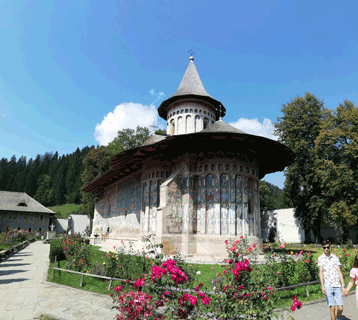
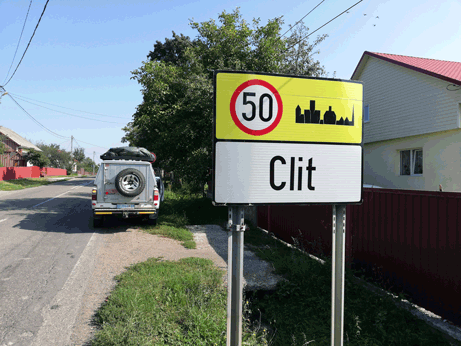
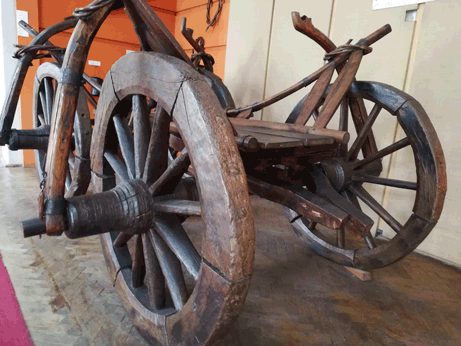
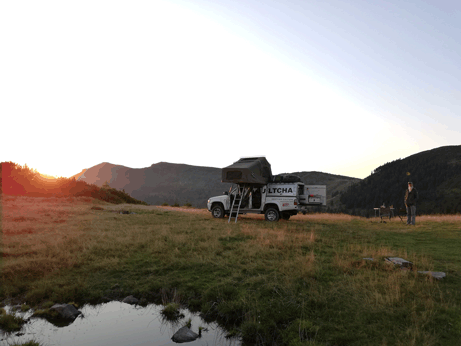
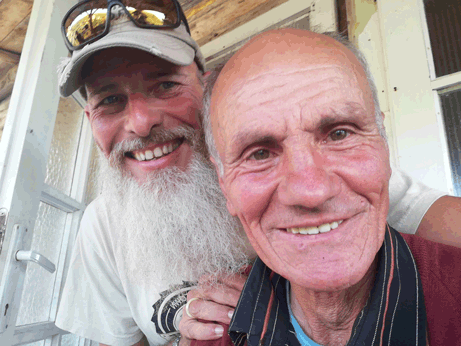
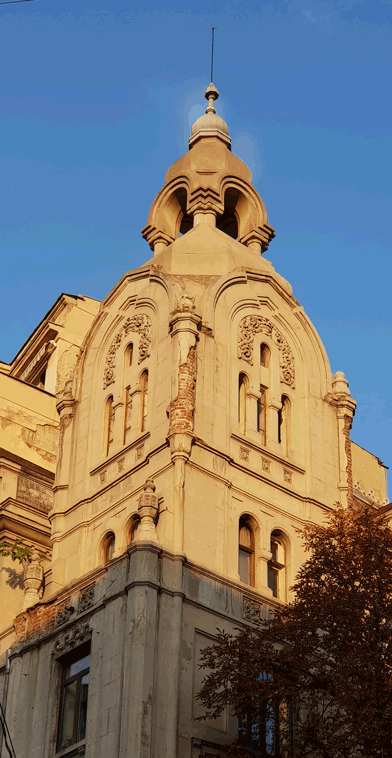
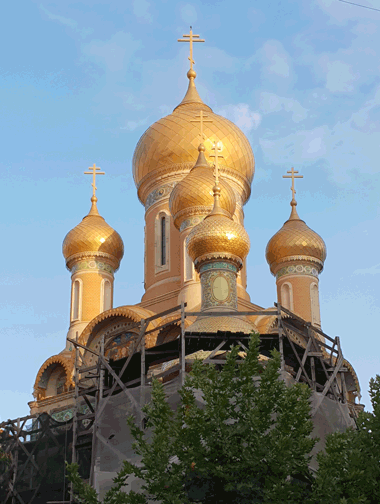
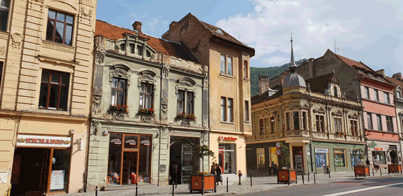
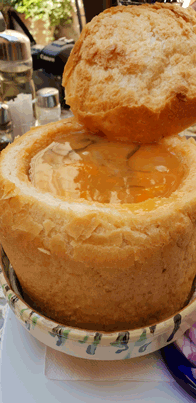
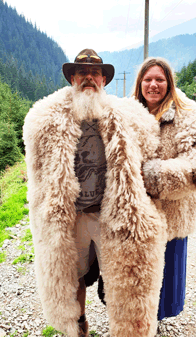
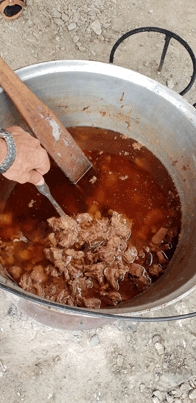
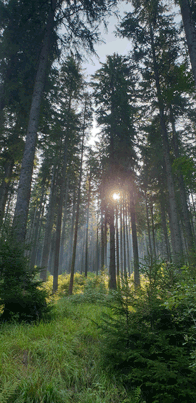
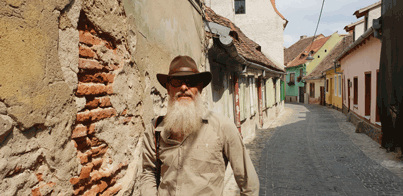
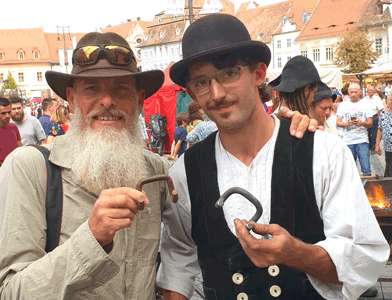
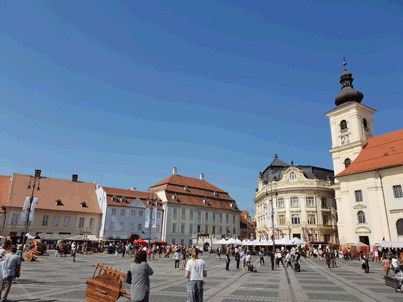
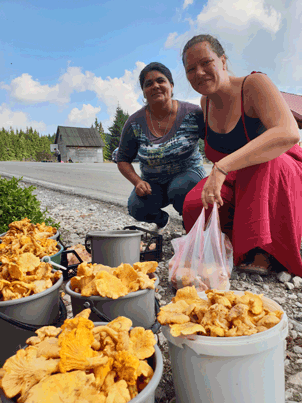
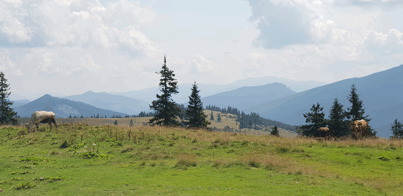
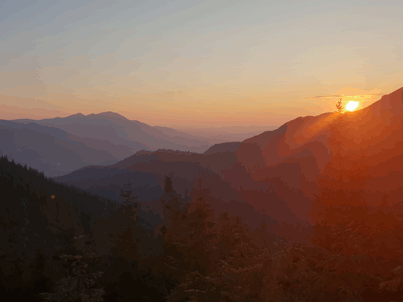
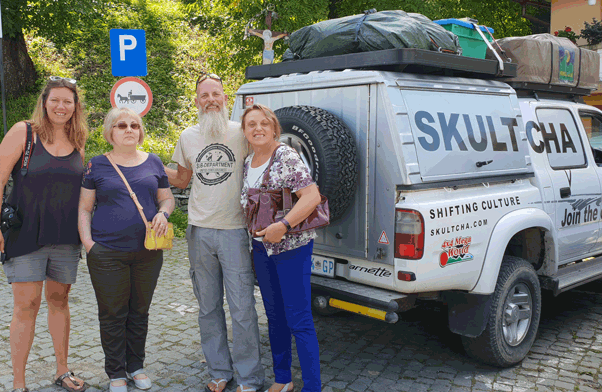
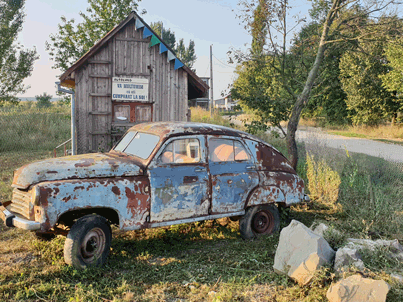
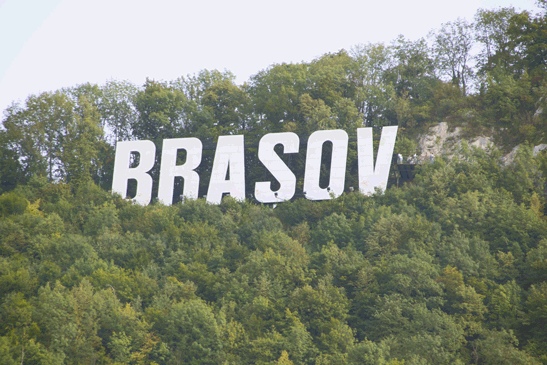
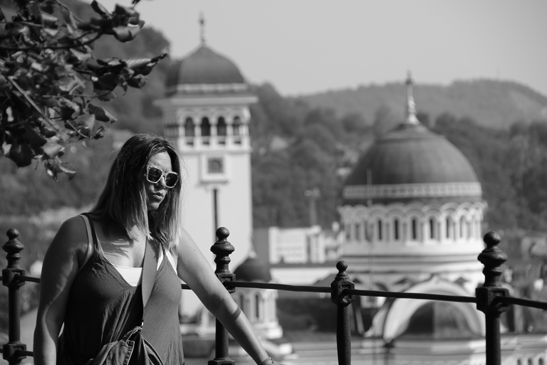
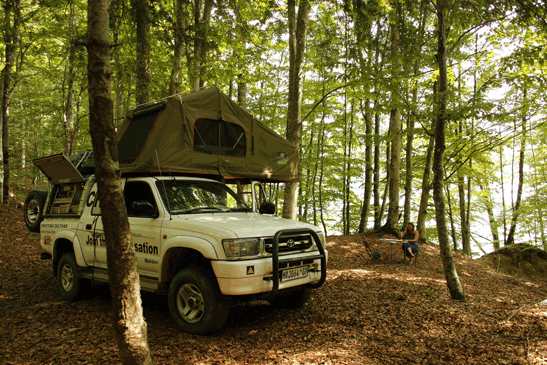
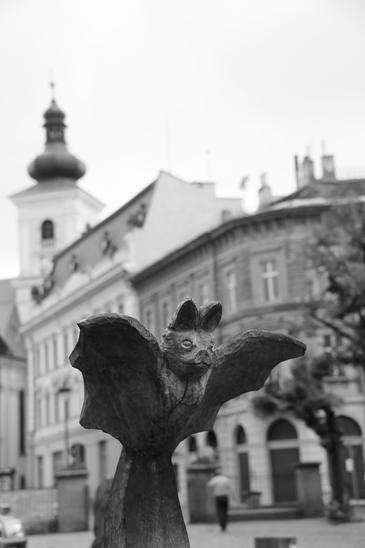
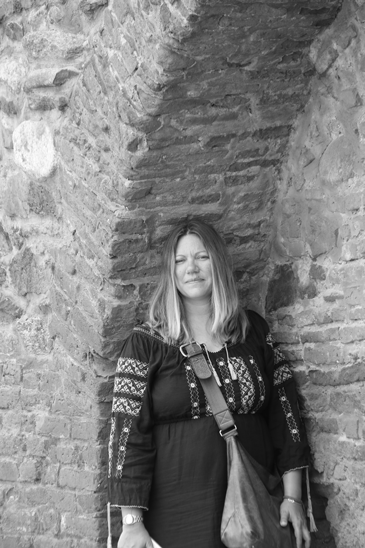
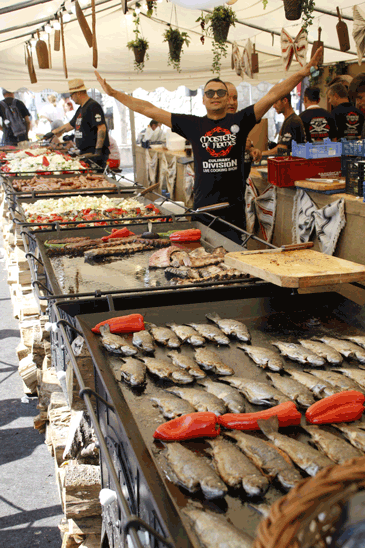
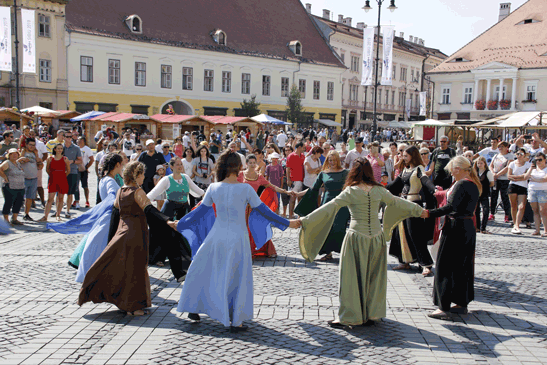
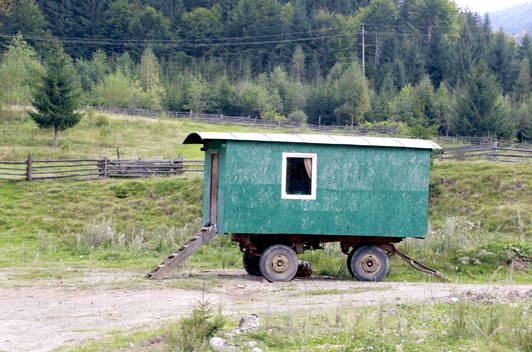
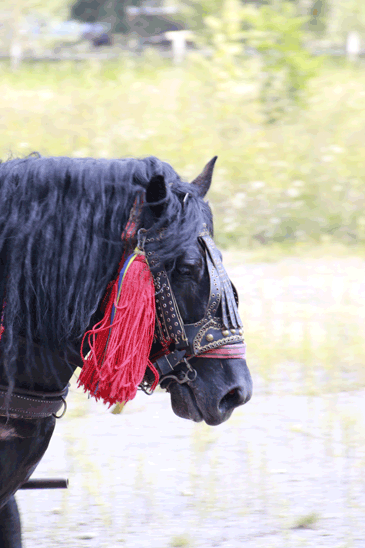
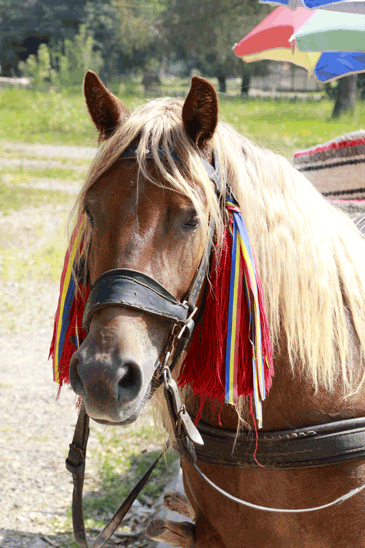
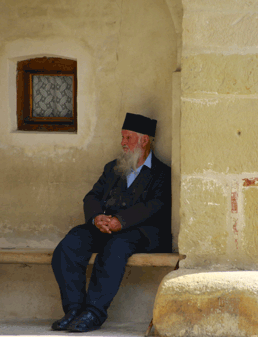
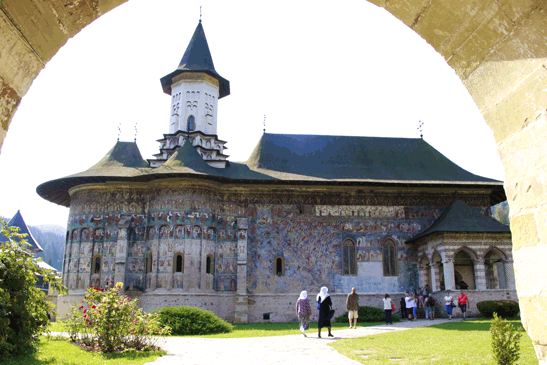
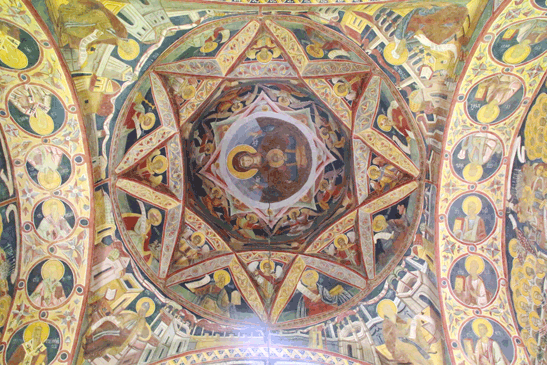
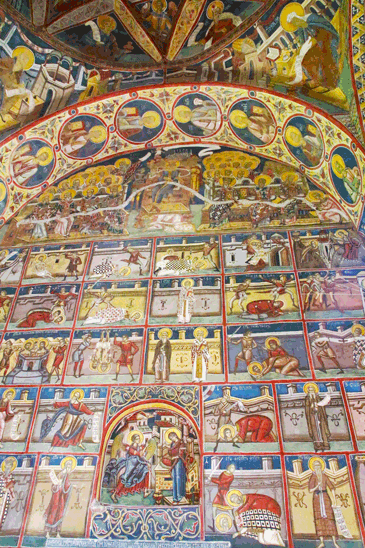
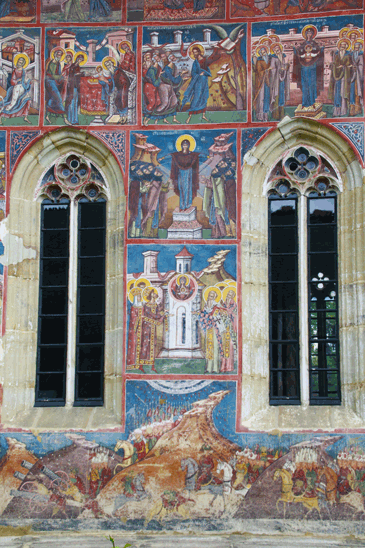
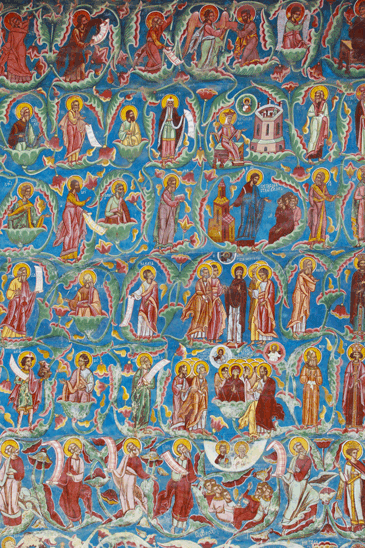
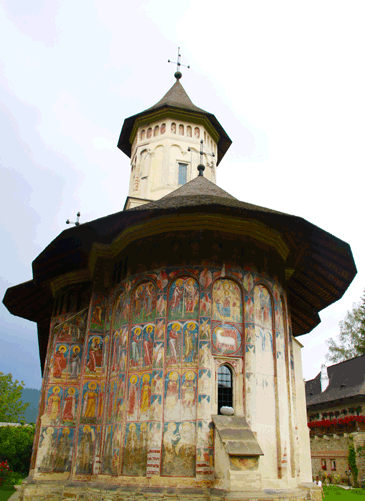
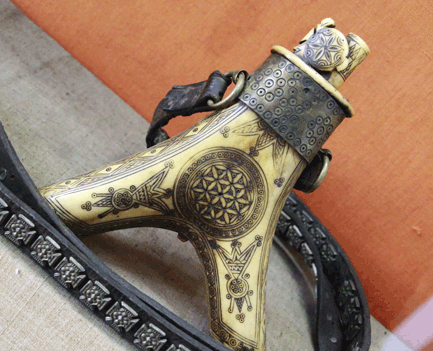
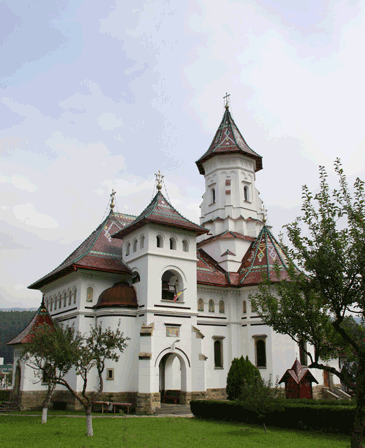
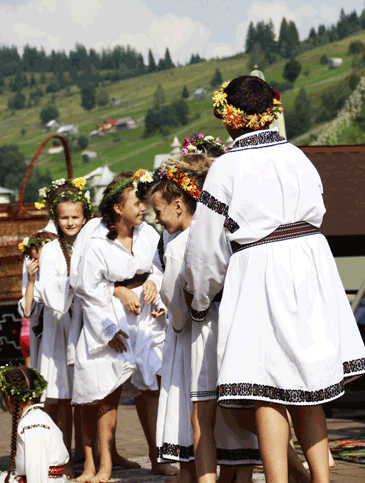
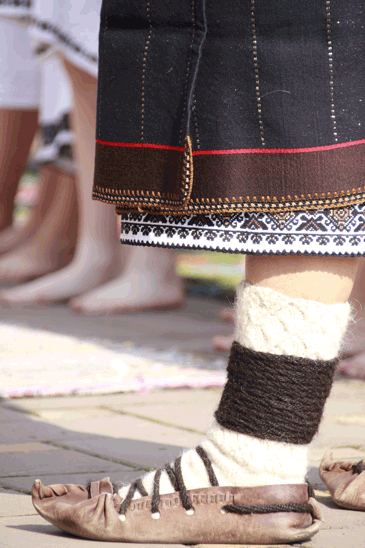
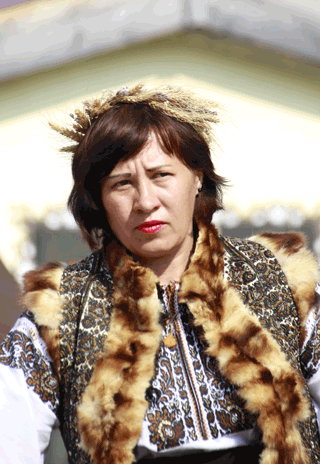
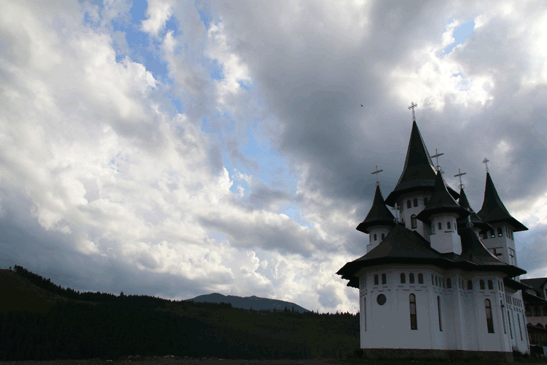
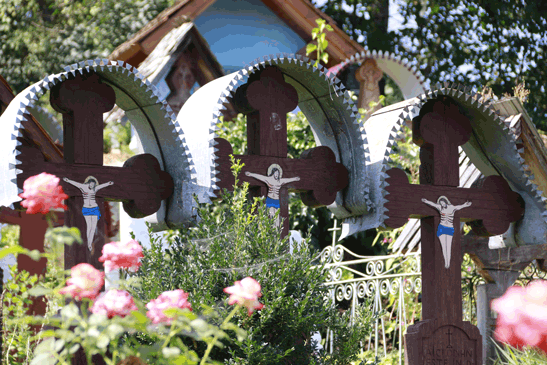
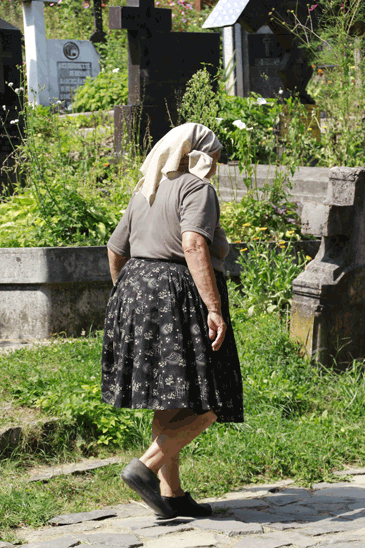
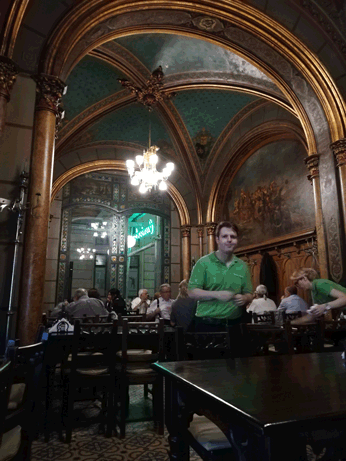
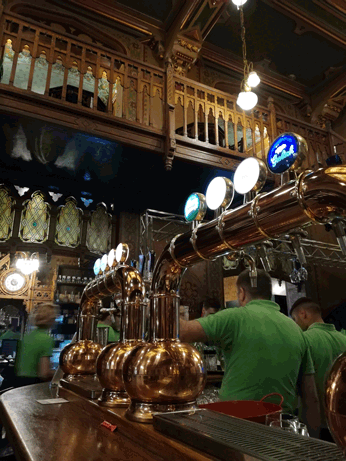
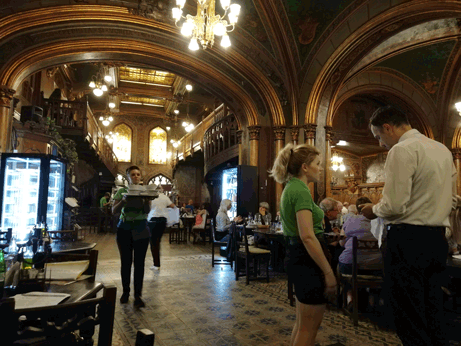
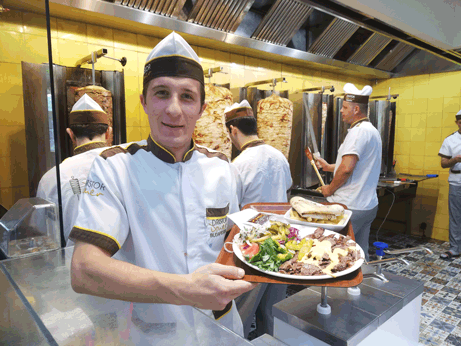
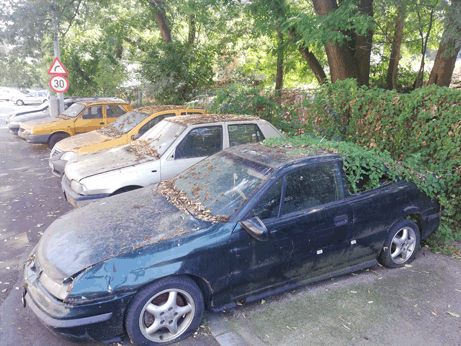
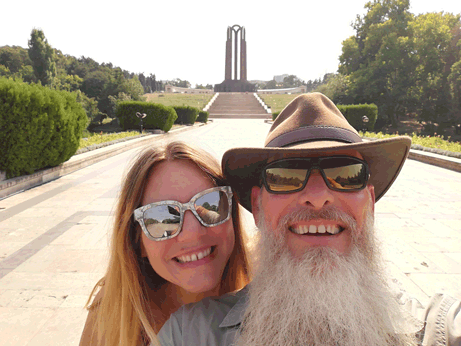
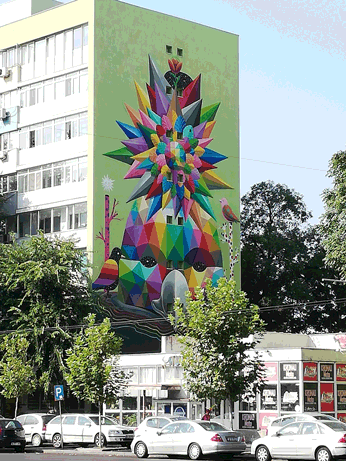
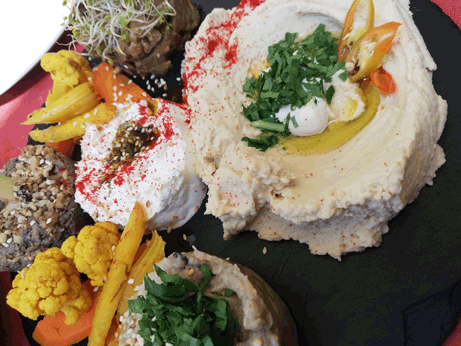
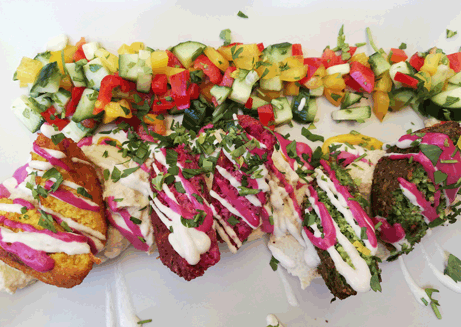
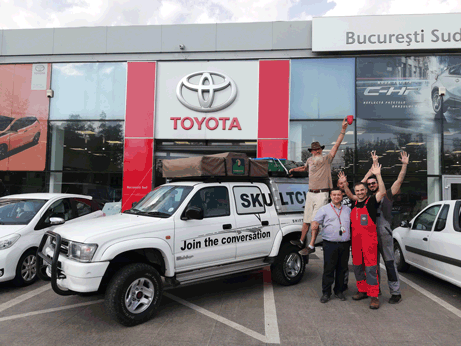
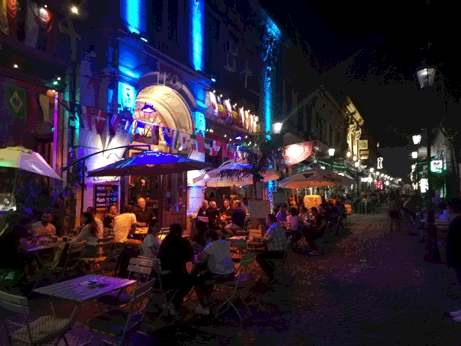
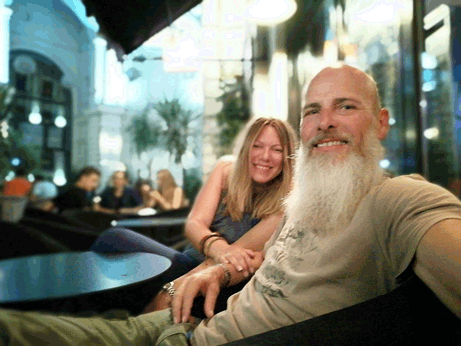
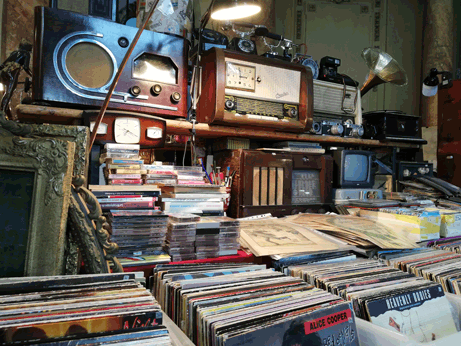
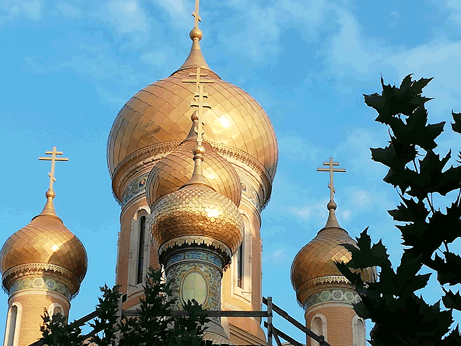
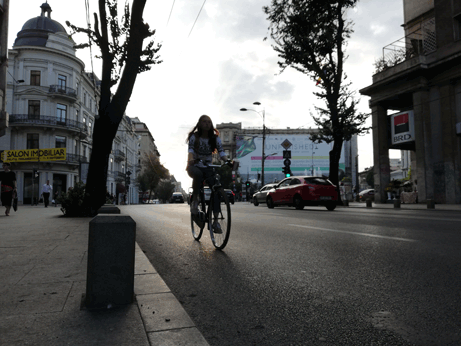

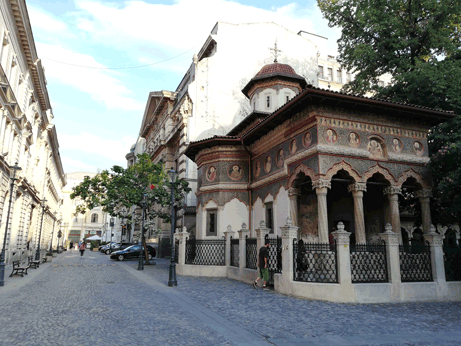
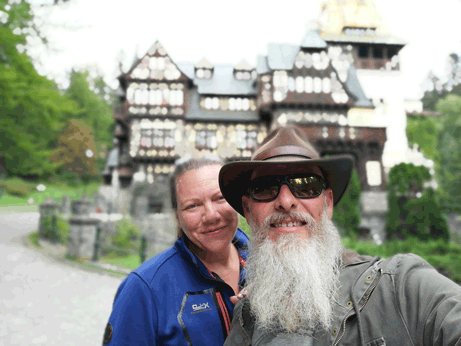
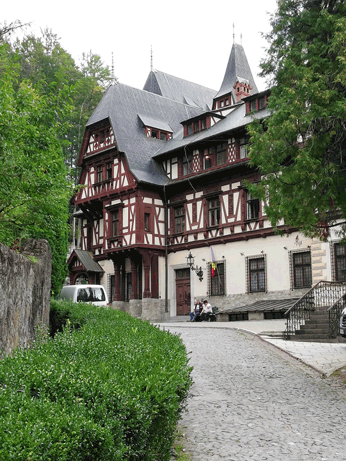
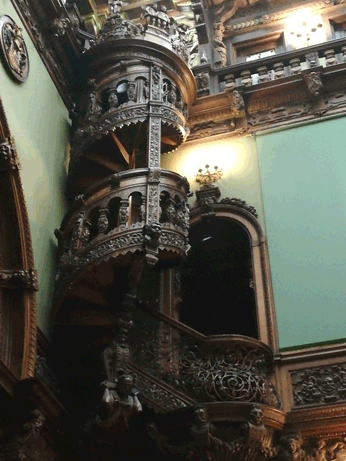
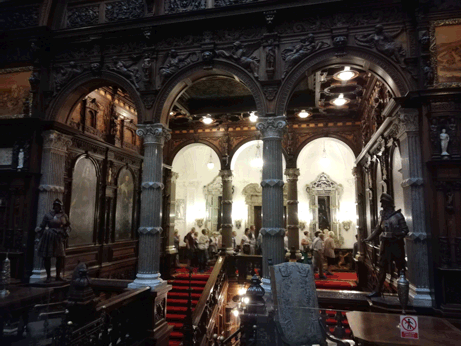
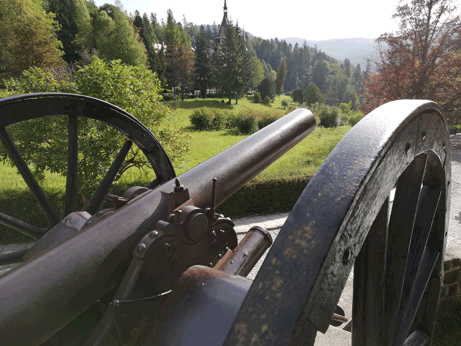
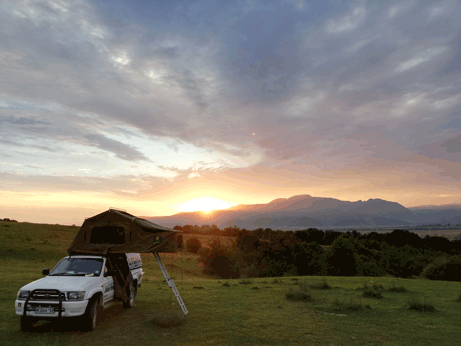
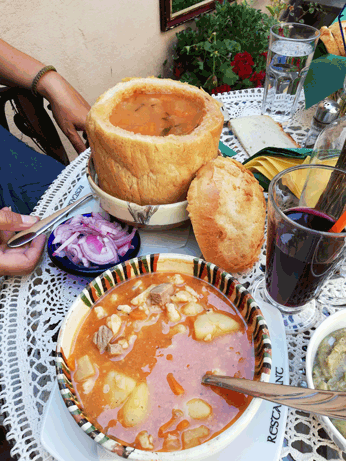
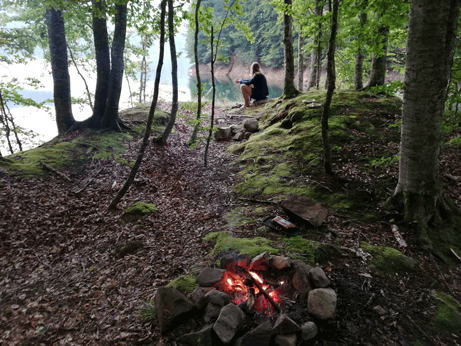
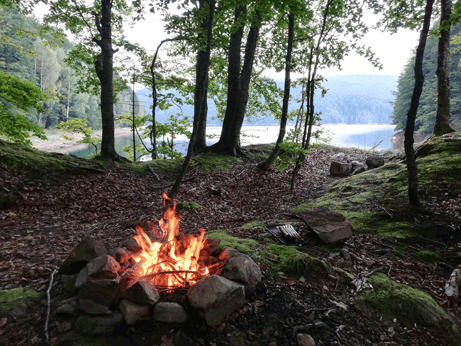
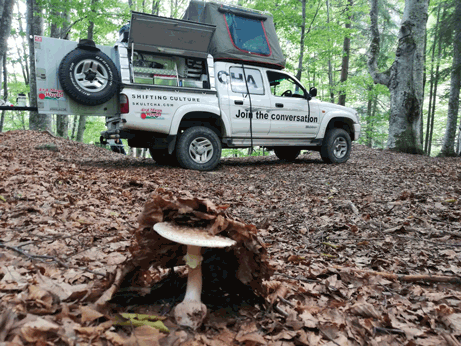
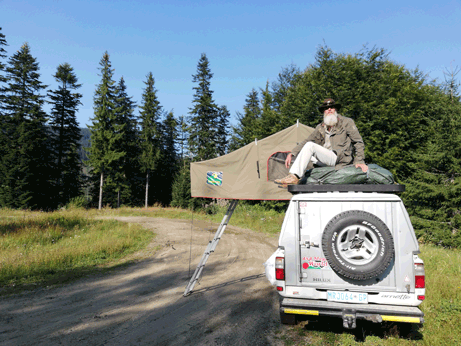
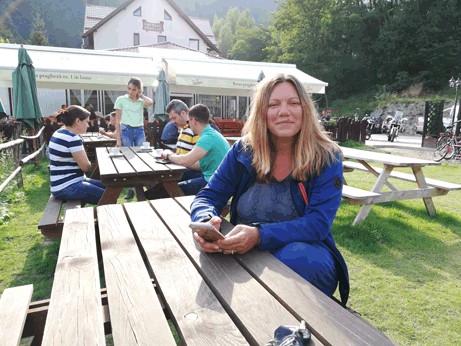
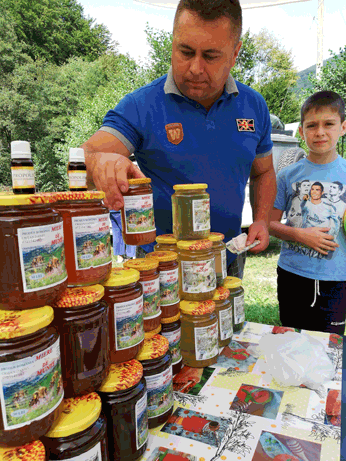
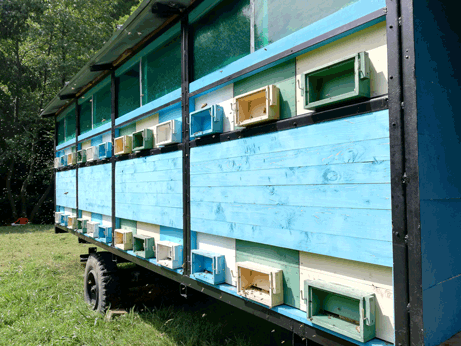
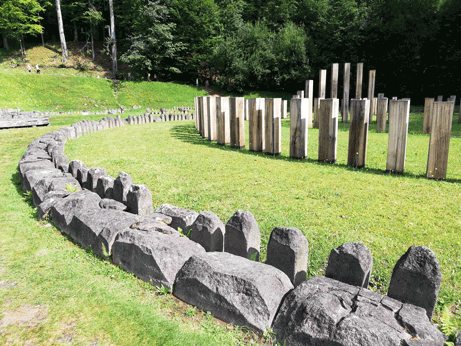
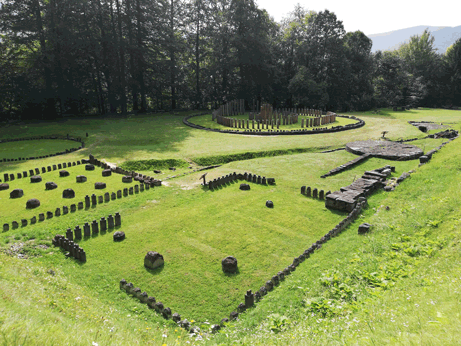
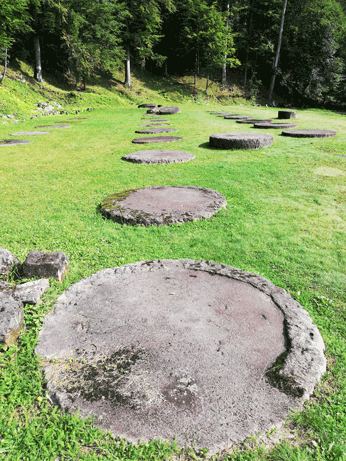
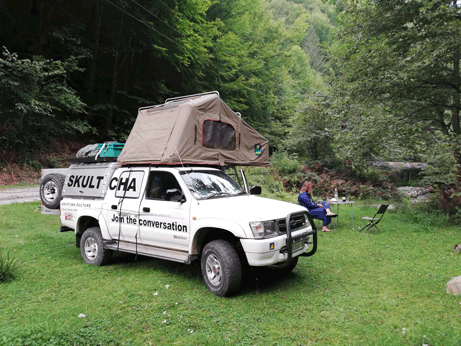
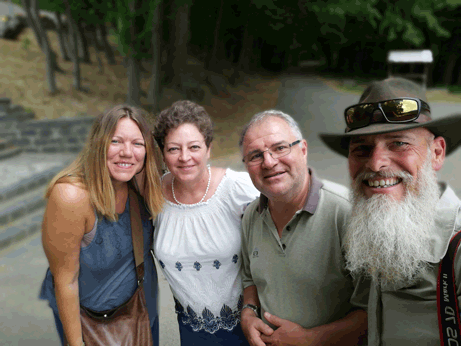

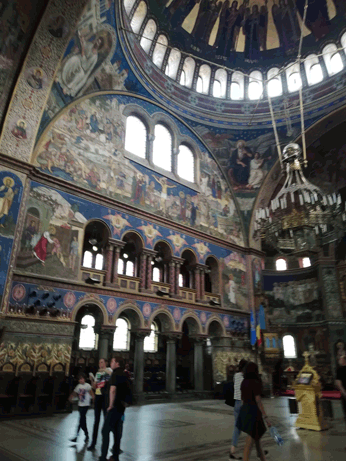

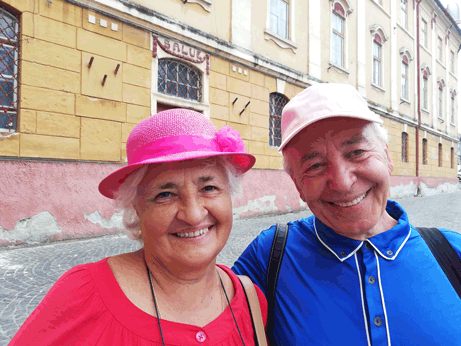
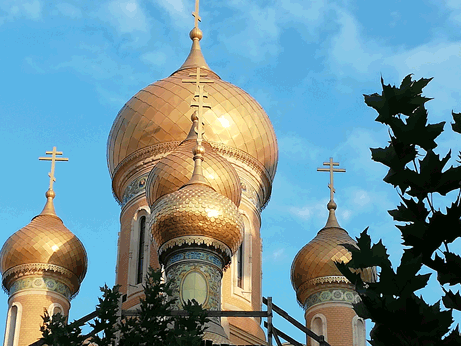
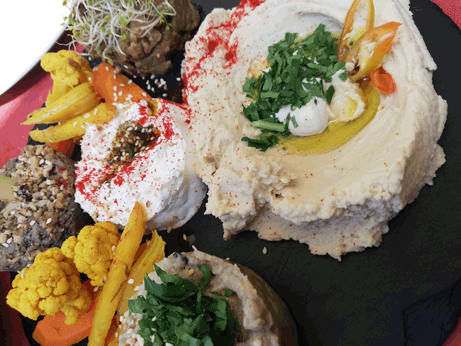
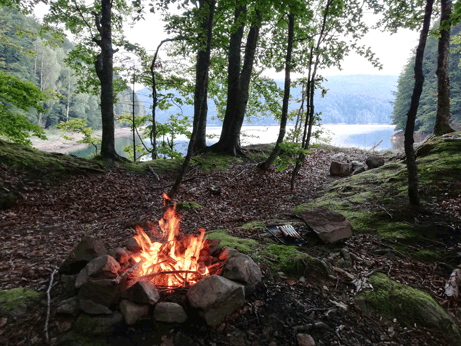
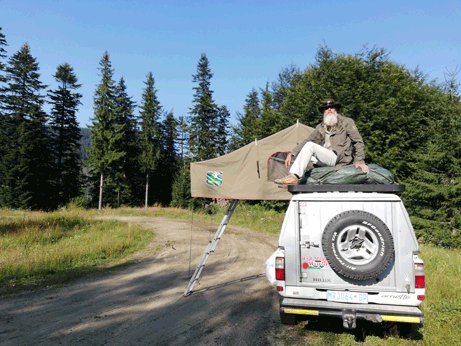
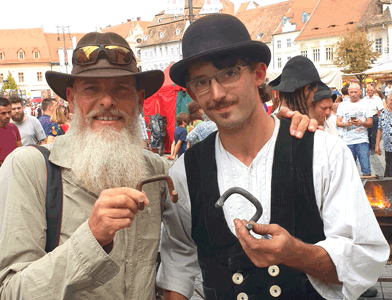
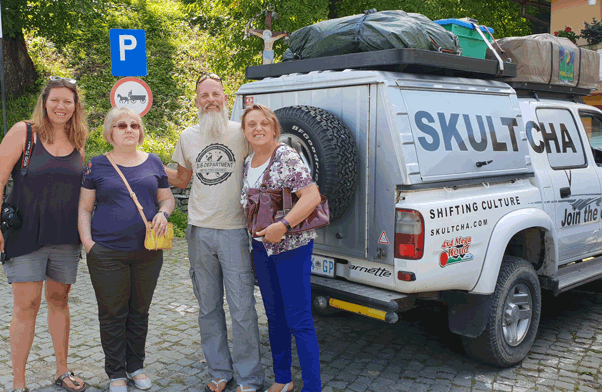
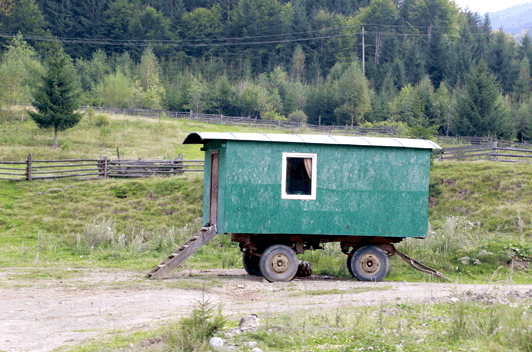
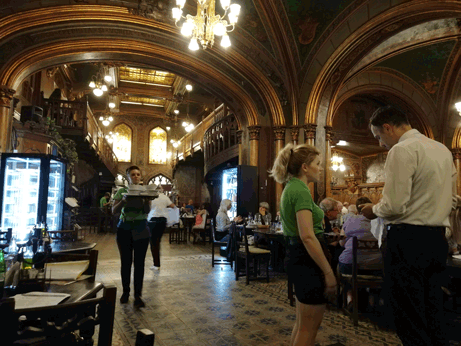
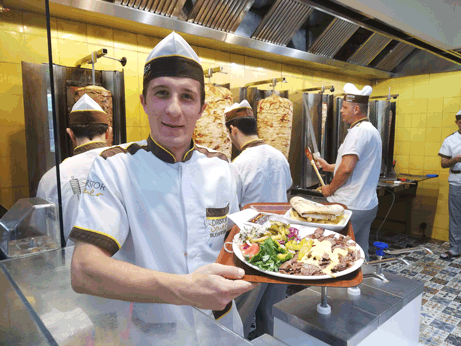
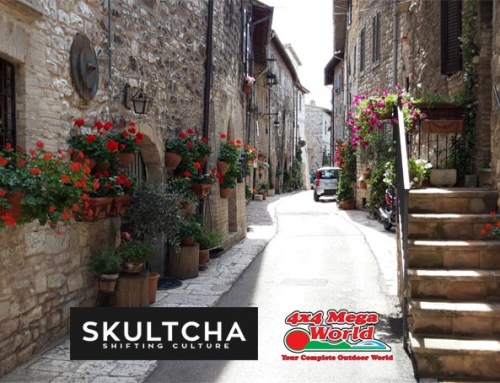
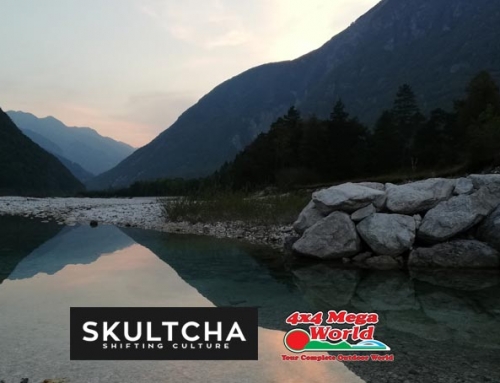
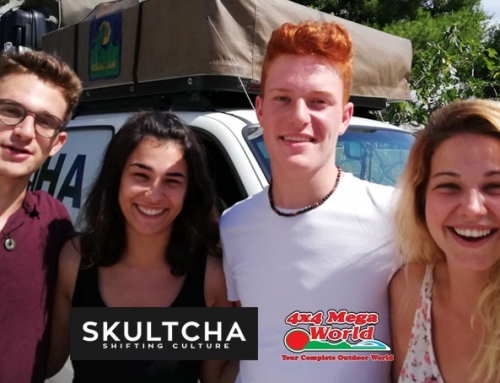
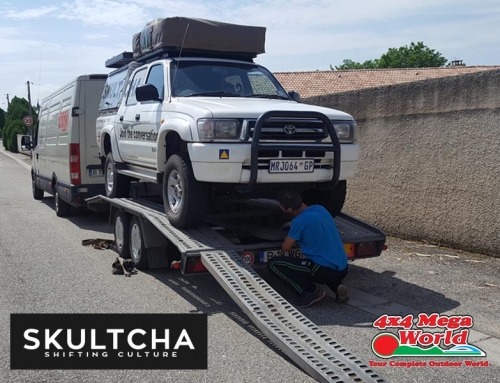
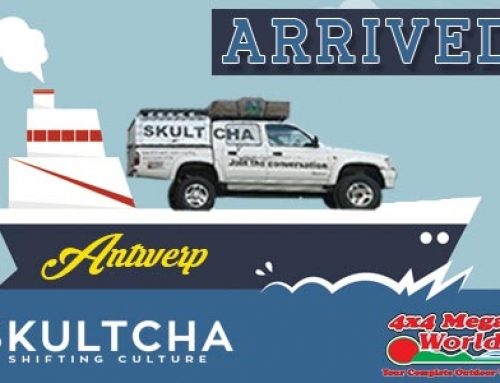
très bien commenté! Bravo à vous